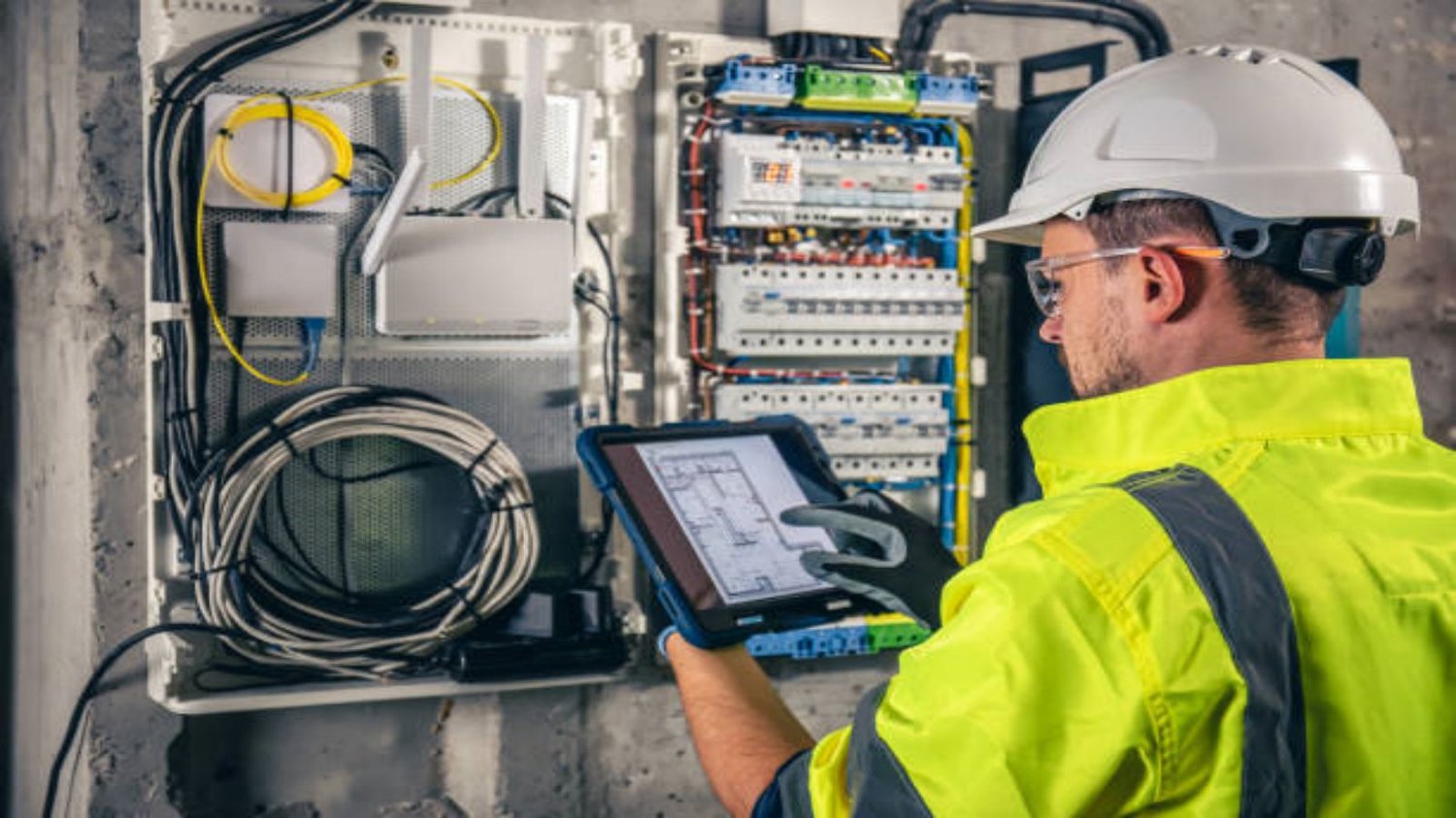Table of Contents

What is an electric transfer switch?
An electric transfer switch is a crucial device that serves as a safety measure when it comes to power outages or emergencies. It allows for a smooth transition from the main power source to a backup generator, ensuring uninterrupted power supply. This article explores the importance and various aspects of electric transfer switches in both residential and commercial settings.
The Functionality of Electric Transfer Switches
Electric transfer switches are designed to automatically detect power outages and quickly switch the electrical load from the main power source to a backup generator. This seamless transition ensures that essential appliances and systems, such as refrigerators, heating systems, and medical equipment, continue to operate without interruption. The transfer switch also prevents backfeeding, which can be dangerous for utility workers attempting to restore power.
The Types of Electric Transfer Switches
There are two primary types of electric transfer switches: manual and automatic. Manual transfer switches require human intervention to activate the switch from the main power supply to the backup generator. On the other hand, automatic transfer switches can detect power loss and initiate the switch automatically. Automatic transfer switches provide a higher level of convenience and peace of mind, especially in situations where immediate action may not be possible.
Residential Applications of Electric Transfer Switches
In residential settings, electric transfer switches are essential for homeowners who rely on backup generators during power outages. They ensure that critical systems, such as lighting, refrigeration, and heating, remain operational. Additionally, transfer switches protect electrical appliances from damage caused by sudden power surges when the main power supply is restored.
Commercial Applications of Electric Transfer Switches
Electric transfer switches are equally important in commercial and industrial settings. Businesses, hospitals, data centers, and manufacturing facilities heavily rely on uninterrupted power supply to avoid financial losses and maintain operational efficiency. With an electric transfer switch, these establishments can seamlessly switch to backup generators during power outages, minimizing downtime and ensuring continuous productivity.
The Benefits of Electric Transfer Switches
There are several key benefits to installing an electric transfer switch:
- Enhanced Safety: Electric transfer switches prevent backfeeding, reducing the risk of electrical accidents and protecting utility workers.
- Convenience: Automatic transfer switches eliminate the need for manual intervention, providing a hassle-free transition from the main power supply to the backup generator.
- Protection of Appliances: Transfer switches prevent power surges that can damage electrical appliances when the main power is restored.
- Uninterrupted Power Supply: With an electric transfer switch, critical systems and appliances can continue to operate seamlessly during power outages.
- Peace of Mind: Knowing that you have a reliable backup power system in place provides peace of mind, especially in areas prone to frequent power outages.
Factors to Consider When Choosing an Electric Transfer Switch
When selecting an electric transfer switch, it is important to consider the following factors:
- Capacity: Ensure that the transfer switch can handle the electrical load of your home or business.
- Type: Decide whether a manual or automatic transfer switch best suits your needs.
- Brand and Quality: Choose a reputable brand known for producing reliable and durable transfer switches.
- Installation and Maintenance: Consider the ease of installation and maintenance requirements of the transfer switch.
- Compliance: Ensure that the transfer switch complies with relevant safety standards and regulations.
Conclusion
Electric transfer switches play a vital role in ensuring uninterrupted power supply during outages or emergencies. Whether in residential or commercial settings, these devices provide enhanced safety, convenience, and protection for appliances. By understanding the different types, applications, and benefits of electric transfer switches, individuals and businesses can make informed decisions to safeguard their power supply and maintain operational efficiency.
